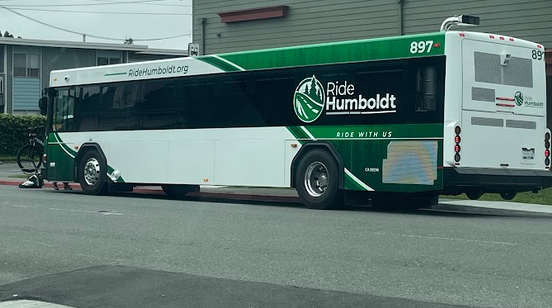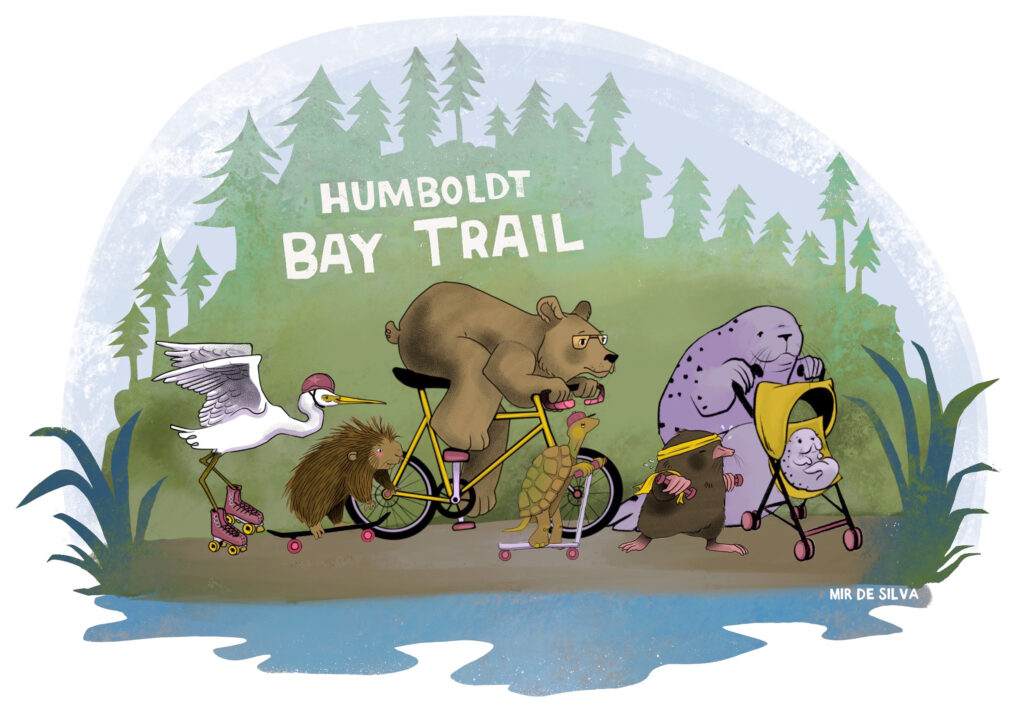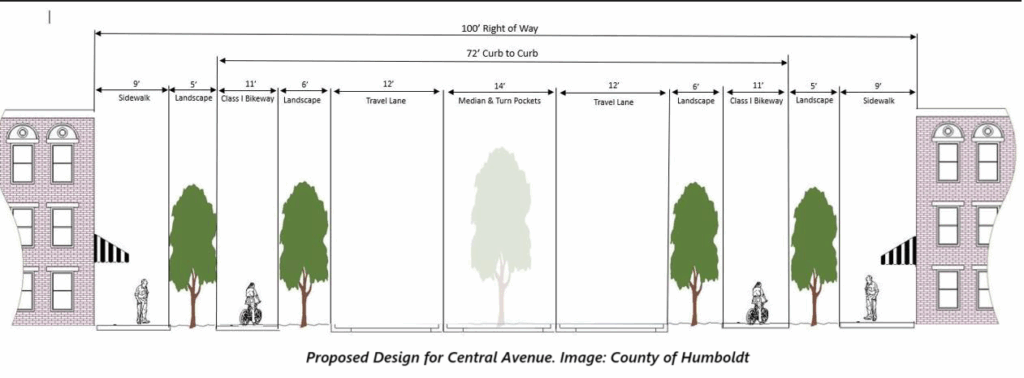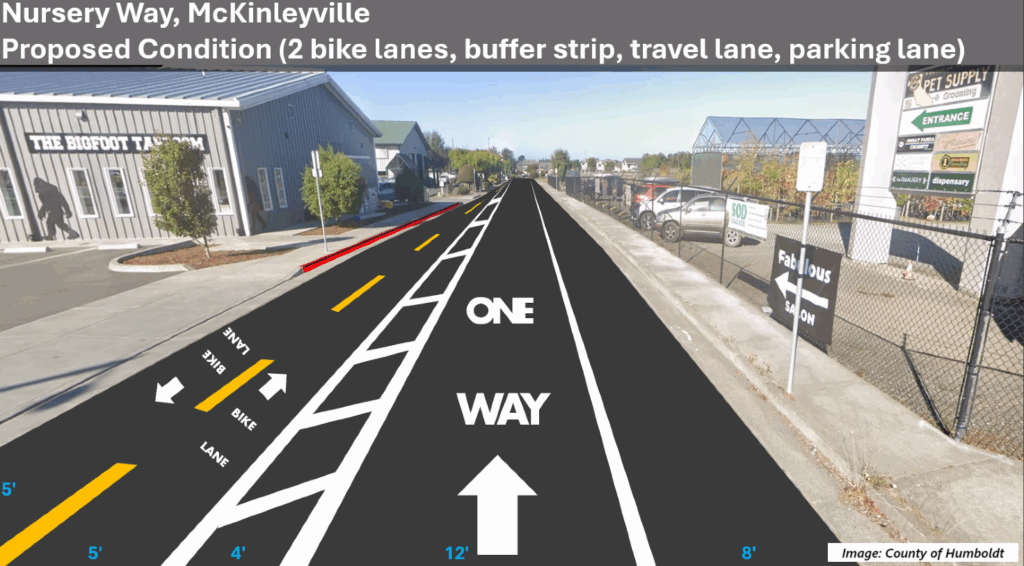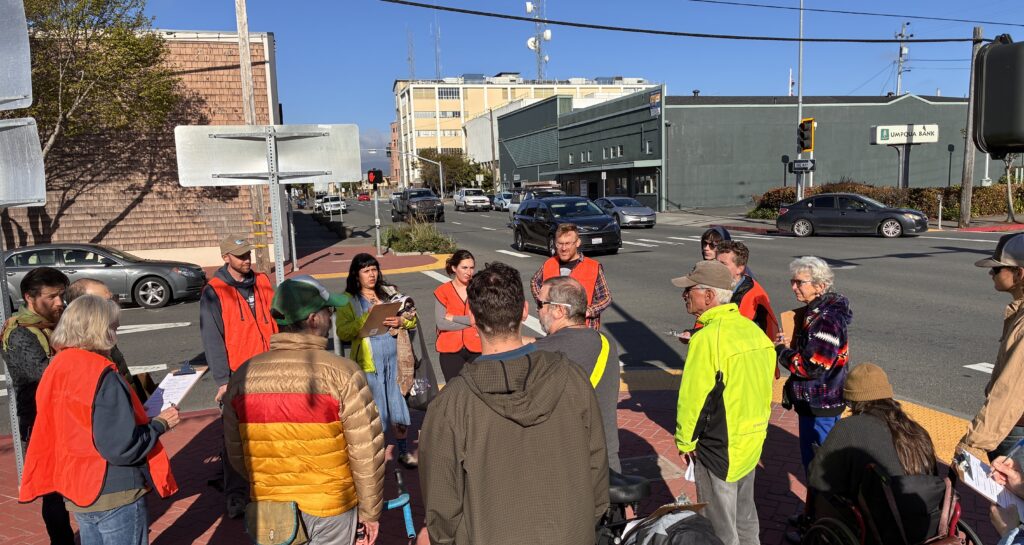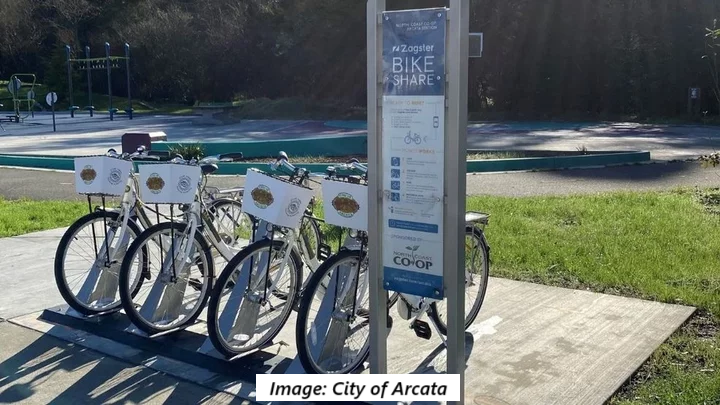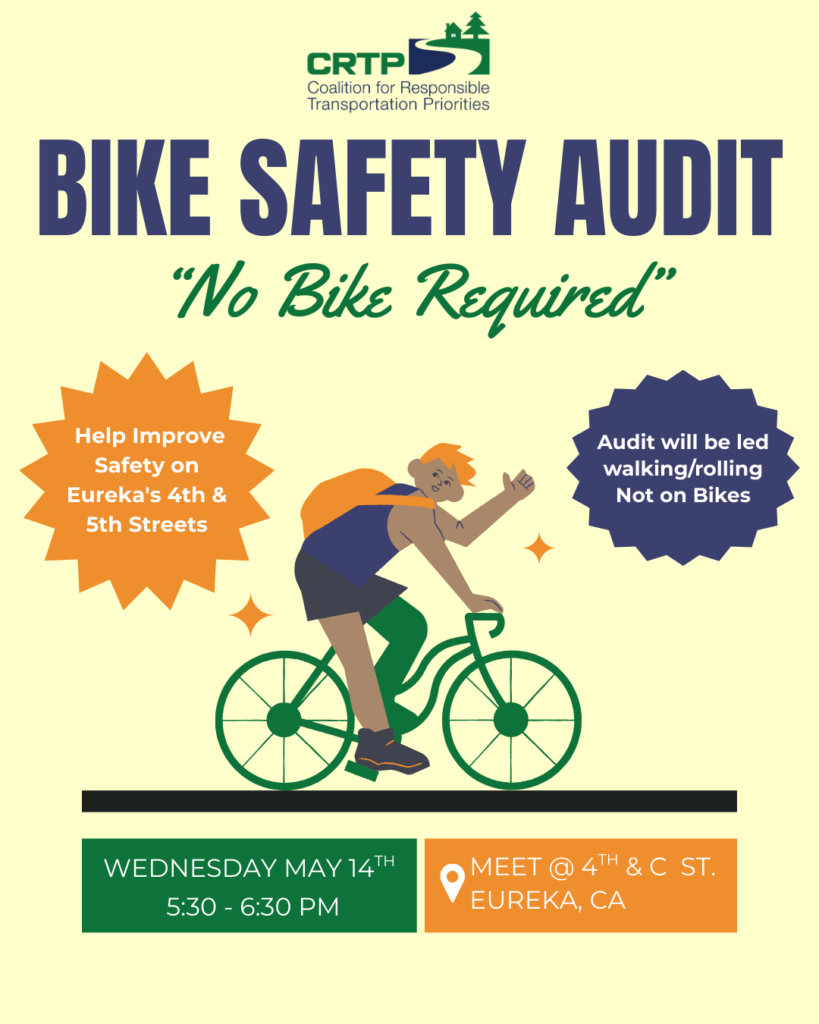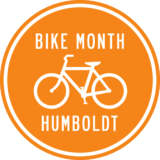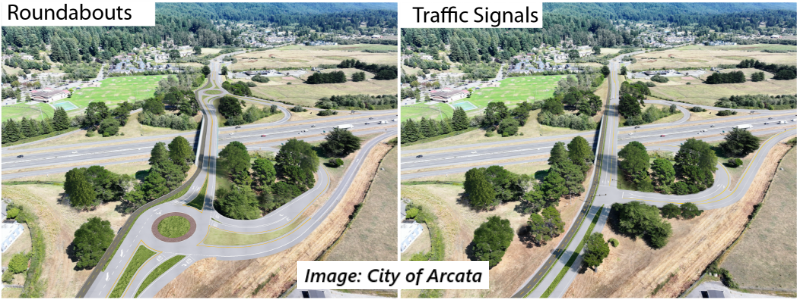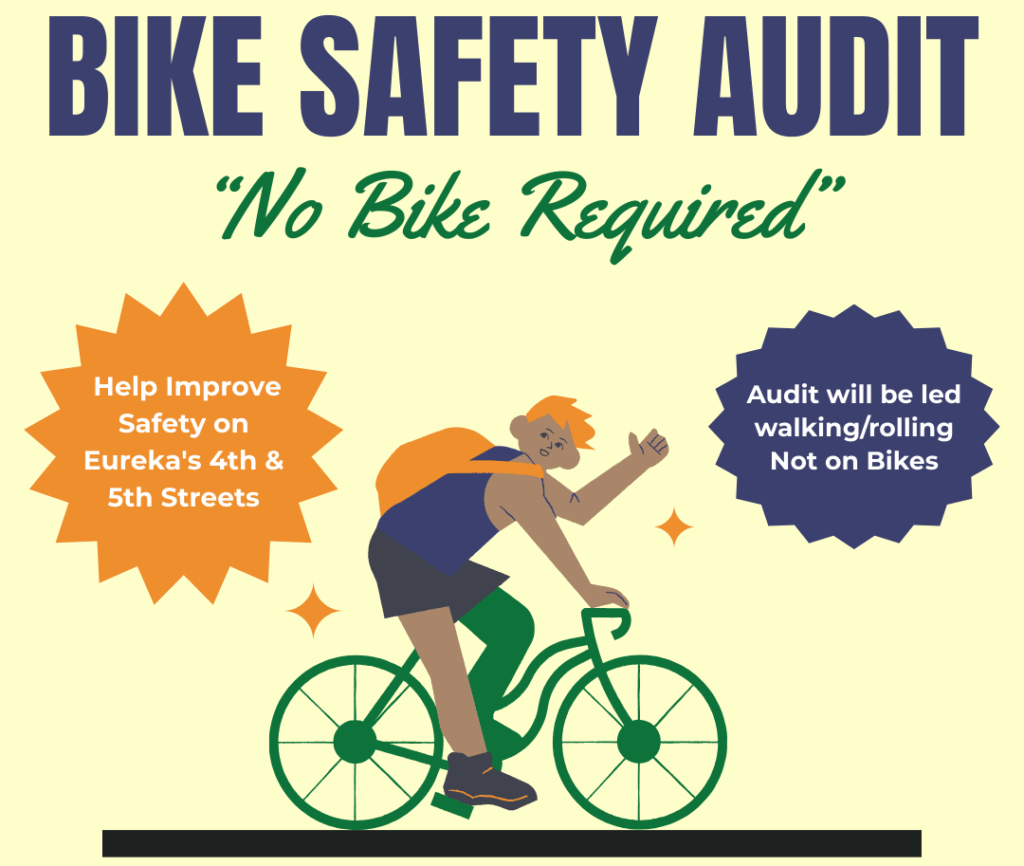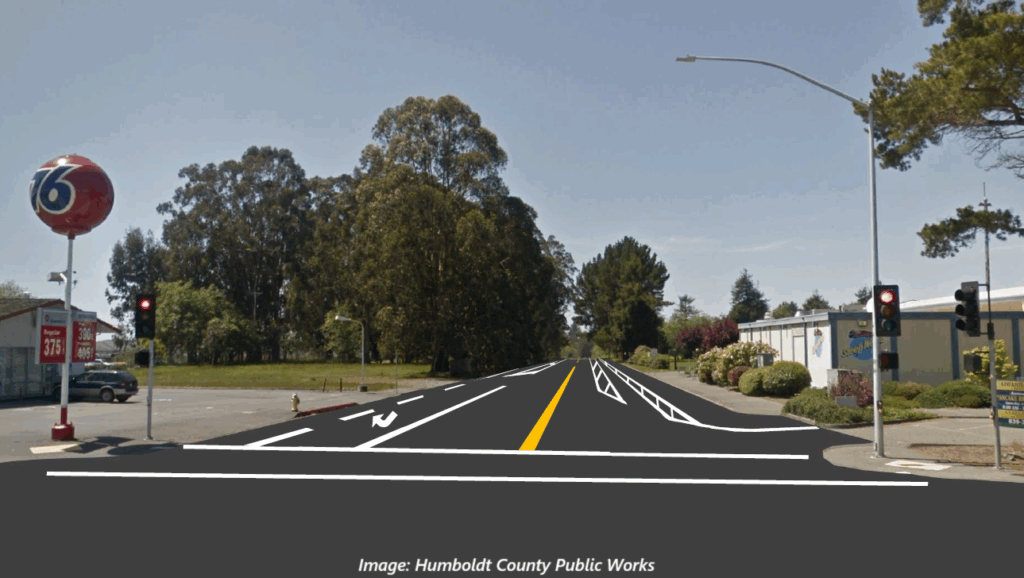The Collector
July 4, 2025
Free Buses Throughout Humboldt This Month!
The Humboldt Transit Authority was founded in 1975. To celebrate their fiftieth birthday, they’re offering free rides on all buses throughout the month of July! Regular bus riders will save a little money, and it’s also a great opportunity for new riders and the bus-curious to get out there and try public transit. Unfortunately, however, you can’t ride today – there are no buses running on Independence Day.
“When Driving Is Not an Option”
National advocate and author Anna Zivarts is coming to Humboldt in two weeks to give a free public talk! Zivarts is the founder of the Week Without Driving and author of When Driving Is Not an Option. The talk will be on Thursday, July 17th, at 7 pm at Arcata’s D Street Neighborhood Center. Topics will include the nondrivers in every community, the importance of meeting the transportation needs of nondrivers, how communities can work better for nondrivers (and everyone else), and valuing the expertise of nondrivers. Don’t forget to mark your calendar!
Funding Awarded for Loleta Transportation Safety & Last Chance Grade Designs
The Humboldt County Association of Governments will be leading a new planning effort to improve safety for kids walking and biking to school in Loleta, as well as connectivity to tribal lands. The plan is funded by a $310,000 grant from Caltrans. We appreciate this funding and look forward to safer conditions in Loleta. However, we are also struck by the contrast with another funding announcement this week: $40 million from the state to “jump-start the design phase” of the Last Chance Grade project.
CRTP has always supported a long-term, responsible solution for the long-running problems on US-101 at Last Chance Grade, and we know the project will be expensive. But it is hard not to notice that the state spends hundreds of times more to maintain highways than it does to ensure kids can get to school safely. Because while the Last Chance Grade project is unusually expensive, Caltrans routinely spends tens of millions of dollars to repave sections of rural highway in our region, while local governments and tribes – and even staff within Caltrans itself – are forced to compete with each other for much, much smaller amounts of money dedicated to safety and sustainability.
Caltrans Wants Feedback on Eureka Slough Bridges Project
Caltrans plans to replace the US-101 Eureka Slough bridges starting in 2029, and the draft environmental document for the project is now available for public review. CRTP is happy to see that both design options include separated bike and pedestrian pathways in both directions. You can find more information, including the Environmental Impact Report and how to comment on it, here.
“Walkies Only”
At CRTP, when we talk about “pedestrians,” we mean people walking as well as people using wheelchairs, scooters, canes, and other mobility devices. That’s why you might notice us using phrases like “walking and rolling” when we talk about what pedestrians do. It’s also why we highly recommend that our supporters read an ongoing series of opinion pieces in the North Coast Journal about Cal Poly Humboldt’s lack of accessibility for people with mobility limitations. It’s is an important reminder of the need to design streets, roads, sidewalks, buildings, and other public places in ways that work for people of all ages and abilities.
News from Beyond the North Coast
Big Changes for Transportation and Housing
The state budget bill just signed by Governor Newsom includes a bunch of policy changes aimed at encouraging more housing production, including exempting most new infill housing projects from environmental review. At the same time, new climate rules also took effect this week which are expected to moderately increase the price of gasoline over the next several years.
Both the new housing laws and the new climate rules include a host of highly technical details, and for transportation advocates there is plenty to both like and dislike. We hope that, as proponents have argued, the result will be more walkable, transit-oriented development and less climate-destroying transportation pollution. But we also know that at least some of the changes to the climate rules are likely to increase emissions, and that lengthy environmental reviews are not the only barrier to infill housing.
Why Aren’t Kids Biking These Days?
American children are biking a lot less than their parents and grandparents did. It may be partly because parents are increasingly aware of the prevalence of dangerous streets and dangerous vehicles. But relinquishing this form of independent mobility comes with significant costs to kids – and their parents.
Autonomous Cars Are Driving More Like Humans
Proponents of self-driving vehicles have long claimed that they are so much safer than human drivers that traffic deaths will soon become a thing of the past. But at least one major autonomous vehicle maker admits that they are now training the cars to act more like human drivers, because passengers and other drivers get impatient with slow, risk-averse robot driving. If this trend continues while autonomous vehicle adoption increases in future years, the consequences for street safety could be enormous.
The Collector is CRTP’s weekly transportation news roundup, published every Friday. We focus on North Coast news, but we also include relevant state, national and international transportation news – plus other items that we just find kind of interesting! To submit items for consideration, email colin@transportationpriorities.org.

